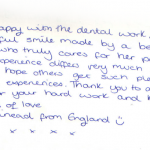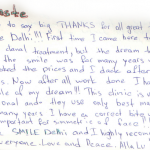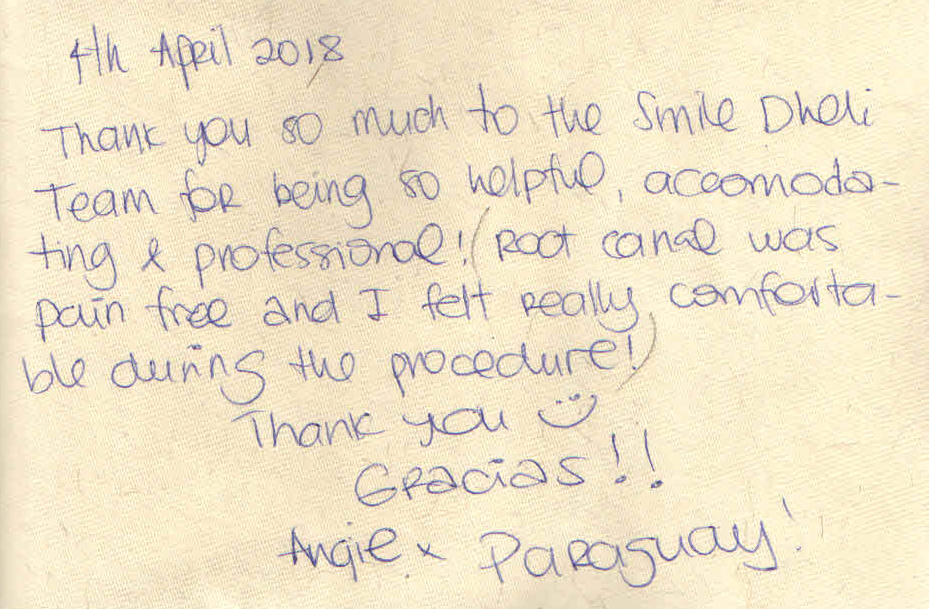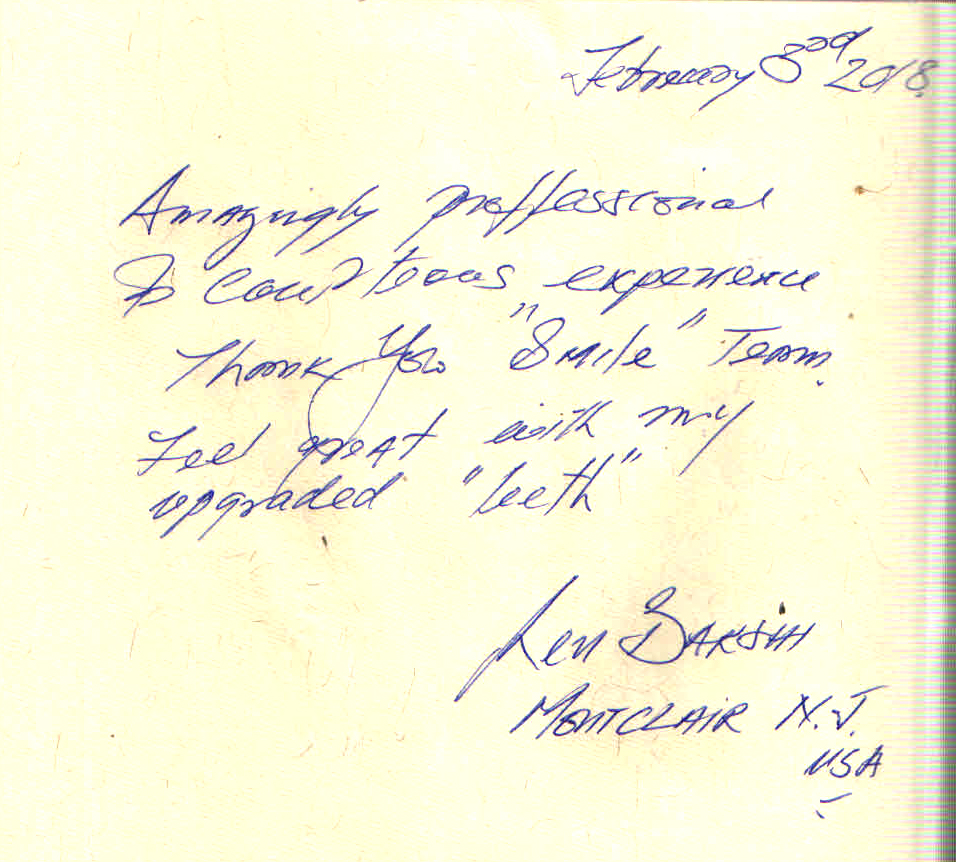Oral Piercings Affect Your Dental And Oral Health
Our oral health involves more than just your teeth. Our mouth is a moist environment, home to huge amounts of breeding bacteria, and an ideal place for infection.
Although your teeth should be kept in great shape and cared for on a regular basis. You also need to care for your gums and the interior of your mouth as well.
Oral piercing of the tongue, lip, cheek, or other soft tissues is a form of body art. These may look cool, but they can be dangerous to your health.
An oral (mouth) piercing is a small hole in your tongue, lip, cheek, or uvula (the tiny tissue at the back of your throat) so you can wear jewelry. If you want to have any of these types of piercings it is important to note that there are some things that can go wrong that can affect your dental and oral health.
When you are making the decision on potentially getting an oral piercing you should consider what ramifications it has on the overall health of your mouth and teeth.
The issues and complications with oral piercings can begin immediately after the piercing procedure. That’s because the mouth’s moist environment, home to huge amounts of breeding bacteria is an ideal place for infection.
Oral piercings are more typically seen in adolescents and young adults, and the tongue is considered the most common site for oral-piercing placement.
Oral piercings may be placed intraorally (most commonly on the tongue) or periorally on the lips, cheeks or a combination of sites.
There are two primary forms of oral piercing: the term intraoral piercing describes a piercing in which both ends of the oral jewelry reside in the oral cavity, as seen with tongue piercings. Similarly, the term perioral piercing describes a piercing in which one end resides in the oral cavity and the other end penetrates the skin surface in the perioral region (e.g., the cheek, upper or lower lip, chin or associated tissues).
Tongue splitting is a less common form of body modification within the oral cavity. By definition, the tongue-splitting process is one in which an individual’s tongue is severed into two pieces using various techniques. The procedure is inherently invasive and dangerous that directly compromises the intact physical barrier of the tongue surface, rendering it susceptible to significant risks of severe pain, bleeding, bacterial infection, inflammation, lingual nerve damage or other complications.
These practices of cosmetic intraoral/perioral piercing and tongue splitting are invasive procedures with negative health sequelae that outweigh any potential benefit.
While some individuals may consider oral piercings to be popular or trendy, numerous studies have shown that oral piercings can lead to a wide range of oral and systemic complications, including:
- Excessive drooling (Something you won’t see in hip fashion magazines!)
- Infection, pain, swelling or bleeding
- Chipped or damaged teeth
- Injuries to the gums
- Laceration/scarring
- Damage to fillings
- Increased saliva flow
- Hypersensitivity to metals
- Embedding or aspiration of jewelry(requiring surgical removal)
- Nerve damage
- Airway obstruction
- Purulent or unusual or discharge from the pierced region, ,
These harmful effects can happen during the piercing or may not even show up until long after the procedure.
An infection can quickly become life-threatening if not treated promptly. For example, oral piercing carries a potential risk of endocarditis, an inflammation of the heart valves or tissues. Bacteria can enter the bloodstream through the piercing site in the mouth and travel to the heart, where it can colonize on heart abnormalities. This is a risk for people with heart conditions and, in the worst of cases, results in death.
The piercing will be an added responsibility, requiring constant attention and upkeep. Anyone interested in oral piercing should first talk to their dentist.
Dentists in dental clinics in Delhi and India are following a systematic protocol of 6 monthly reminders for patients to come for regular dental checkups so that any complication can be detected and treated at an incipient stage.
What health risks are associated with oral piercings?
There are numerous potential risks.
Infection, pain and swelling— The piercing is pushed through the flesh of your skin and that means that the area is open and susceptible to bacteria. There’s a risk of infection associated with oral piercing due to the wound created, the vast amount of bacteria in the mouth, and the introduction of additional bacteria from handling the jewelry. If the piercing becomes infected it can leave the rest of your teeth and gums open to the infection as well. An infection can quickly become life threatening if not treated promptly.
Nerve damage/prolonged bleeding — Numbness or loss of sensation at the site of the piercing or movement problems (for pierced tongues) can occur if nerves have been damaged. After a piercing, you may experience a numb tongue or loss of sensation at the site of piercing or movement problems that are caused by nerve damage that is usually temporary, but can sometimes be permanent. The injured nerve may affect your sense of taste, or how you move your mouth. Damage to your tongue’s blood vessels can cause serious blood loss. Your mouth and tongue could swell so much that you close off your airway or you could possibly choke if part of the jewelry breaks off in your mouth and making breathing difficult.
Damage to gums— One of the issues that having an oral piercing has is on the health of your gums. The gums are sensitive and do require some stimulation but too much is not good. The piercing can easily rub up and down on a very specific area and cause damage. The damage can then lead to the gums receding in that area. The gums are necessary protection for your teeth.
Damage to teeth— One of the major issues that come because of an oral piercing is that you can potentially chip or break a tooth. If you are eating or if you bite down too hard on the piercing, and repeated clicking of the jewelry against teeth can also cause damage. The chip or break can lead to further damage to the tooth if it is not taken care of right away.
Difficulties in daily oral functions— Tongue piercing can result in difficulty chewing and swallowing food, and speaking clearly.
Transmission of diseases— Oral piercing is a potential risk factor for the transmission of herpes simplex virus and hepatitis B and C.
Endocarditis— Because of the wound created by the piercing, there’s a chance that bacteria could enter the bloodstream and lead to the development of endocarditis — an inflammation of the heart or its valves, in certain people with heart health problems.
Allergic reaction to metal— A hypersensitivity reaction – an allergic reaction to the metal in the jewelry can occur in susceptible people.
Jewelry aspiration— Jewelry that becomes lose in the mouth can become a choking hazard and, if swallowed, can result in injury to the digestive tract or lungs.
Excessive drooling— Your tongue piercing can increase saliva production because the jewelry can easily cause a person to salivate more than normal.
Dental appointment difficulties— The jewelry can get in the way of dental care by blocking X-rays.
Prevention
To reduce risks of oral infection after piercing procedures, pierced individuals should be advised to maintain a standard oral hygiene regimen. A pierced tongue can take four to six weeks to heal. Pierced lips take between one and two months to heal. During this healing period, here’s what you should do:
- Avoid alcohol, spicy foods and hard and sticky foods.
- Don’t smoke or use tobacco-based products. Rinse your tongue or lip piercing after every meal or snack and before bed. Rinse your mouth frequently with warm salt water.
- Eat soft foods. Consult your dentist about taking vitamins to promote faster healing.
- Contact your dentist or physician immediately if you have any signs of infections- swelling, pain, tenderness or unusual discharges or a red-streaked appearance around the site of the piercing.
- Keep the piercing site clean and free of any matter that may collect on the jewelry by using a mouth rinse after every meal.
- Try to avoid clicking the jewelry against teeth and avoid stress on the piercing. Be gentle and aware of the jewelry’s movement when talking and chewing.
- Check the tightness of your jewelry periodically (with clean hands). This can help prevent you from swallowing or choking if the jewelry becomes dislodged.
- When taking part in sports or other physical activities, particularly contact and collision sports remove the jewelry.
- See your dentist regularly, and remember to brush twice a day and floss daily.
People with certain conditions that might make it hard for the piercing to heal are particularly at risk for health problems. Those include heart disease, diabetes, hemophilia, and autoimmune diseases.
Of course the best option is to consider removing mouth jewelry before it causes a problem.
Given these potential oral health issues, it is important for those with oral piercings to discuss them with a dental professional. Dentists in Delhi are routinely counselling such patients about piercing aftercare and ongoing hygiene, as well as safety-related guidance.
However, proper oral hygiene and safety practices are important to help those with oral piercings stay safe and comfortable.
Posted By – Dr. Shriya





























































